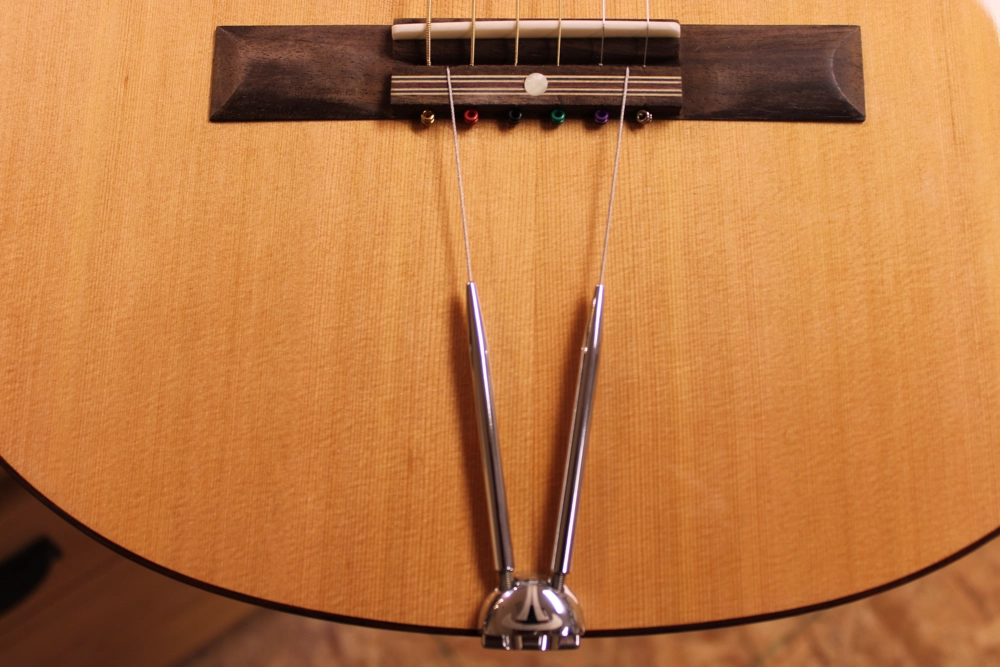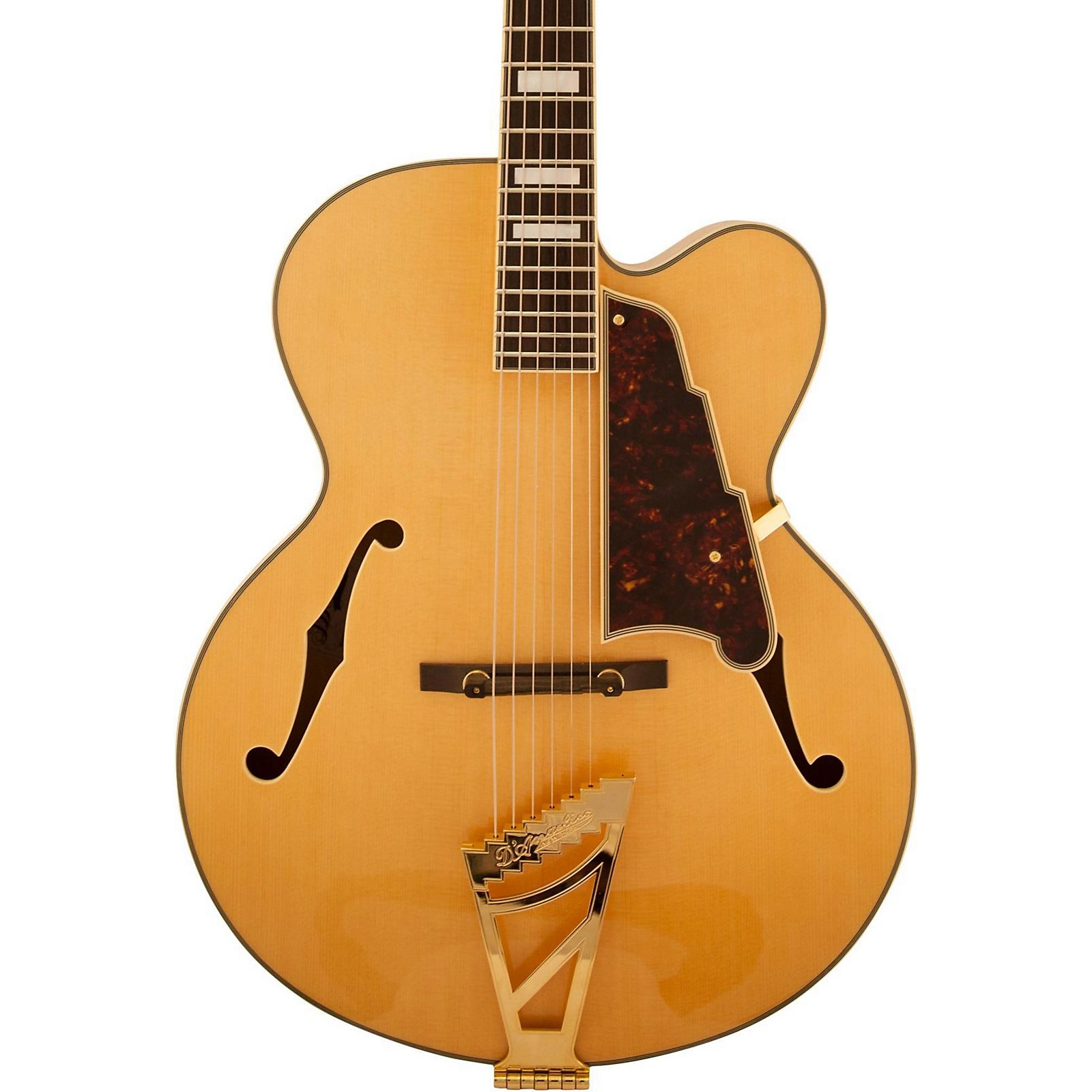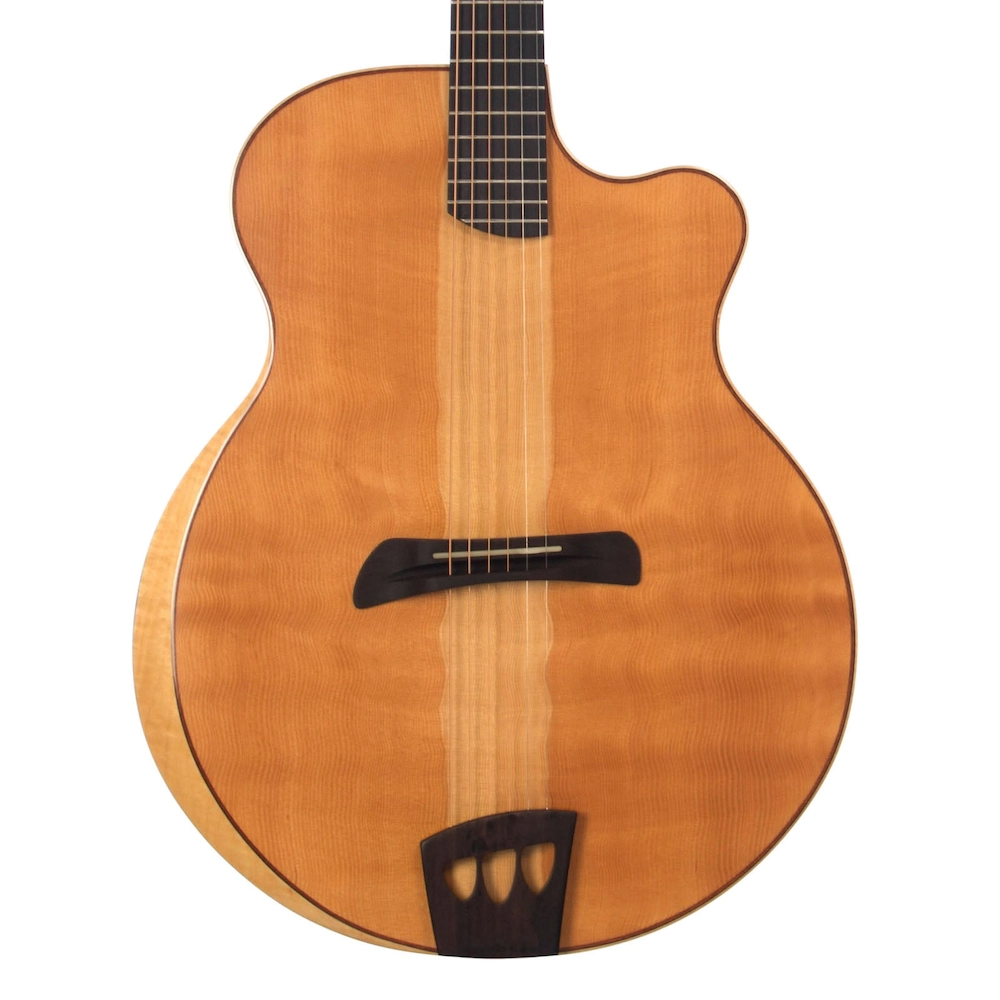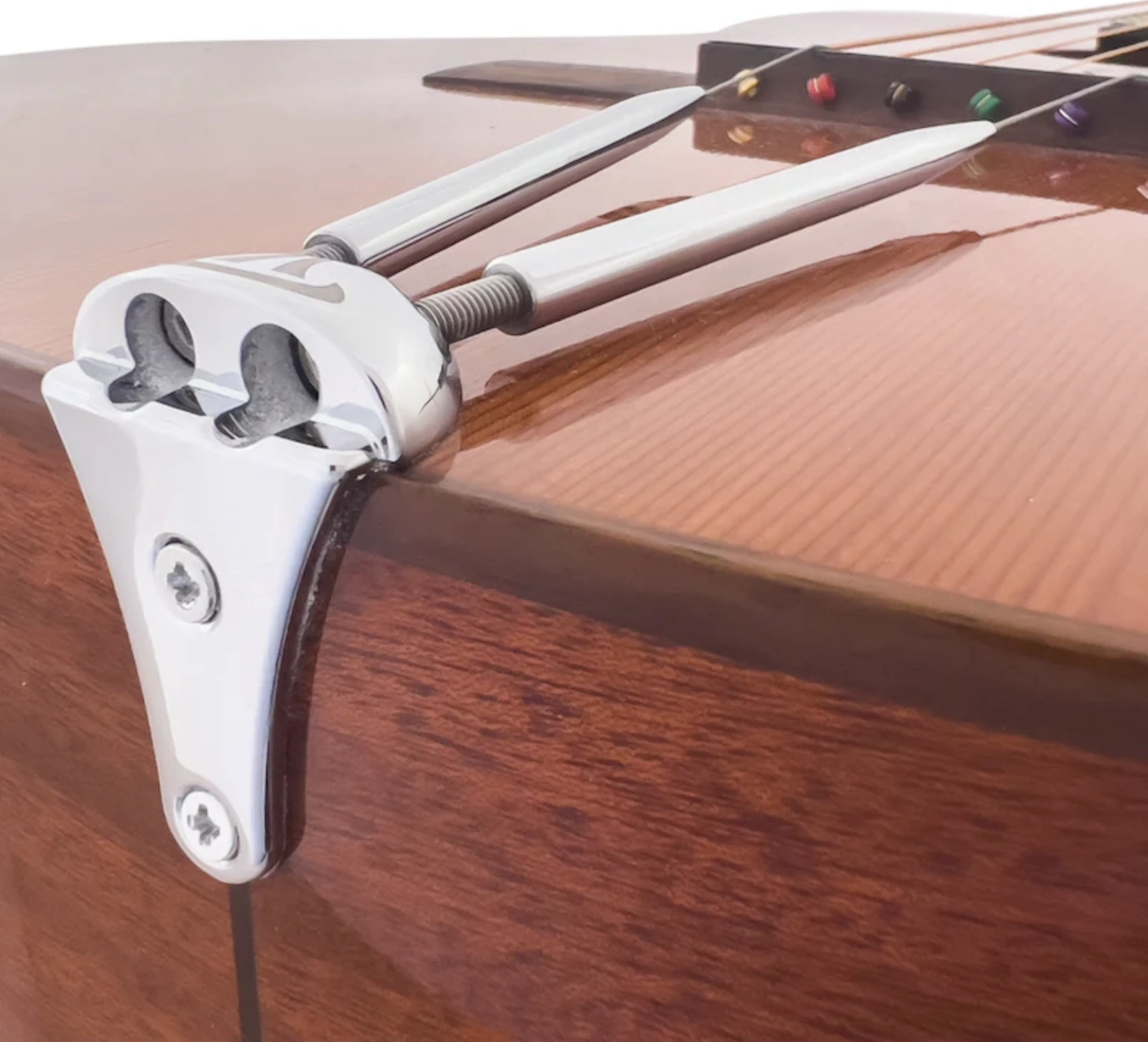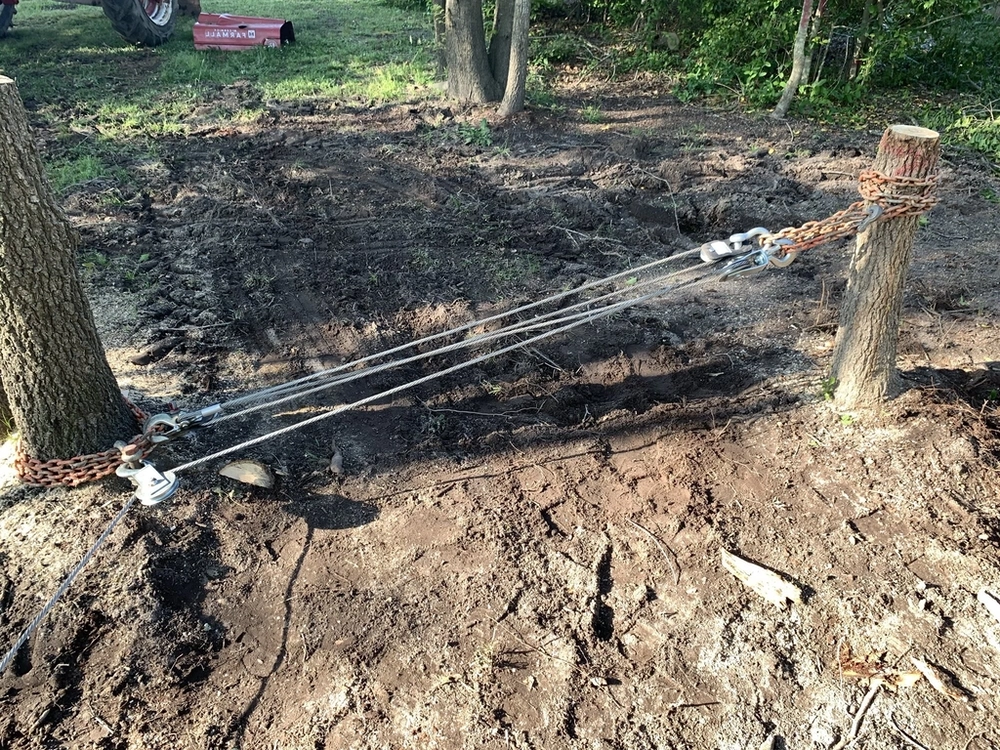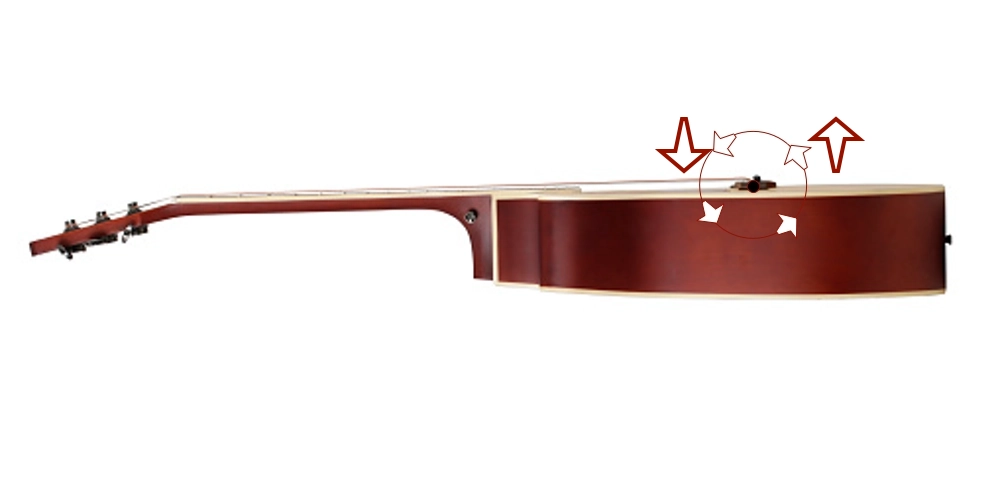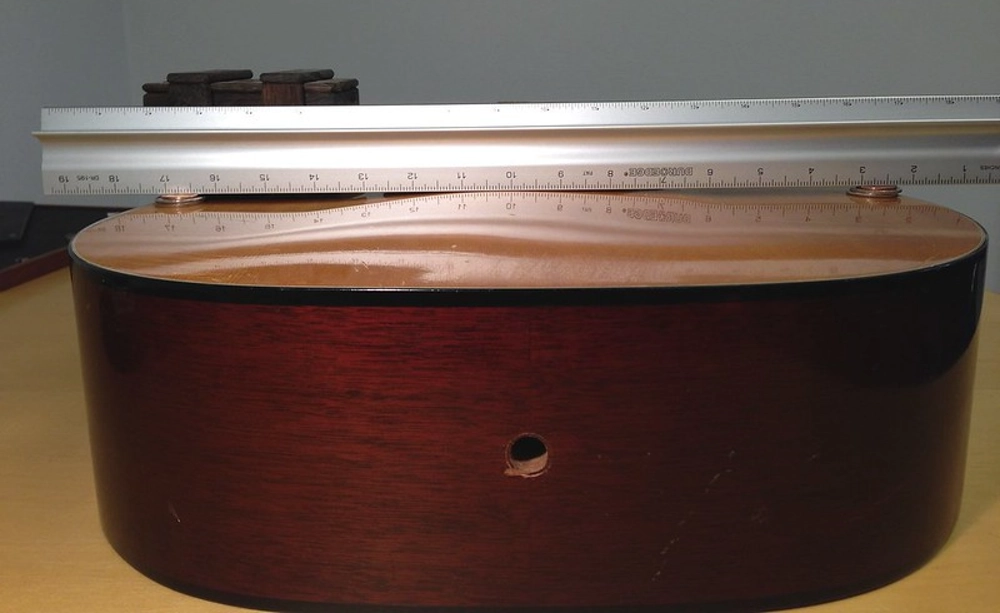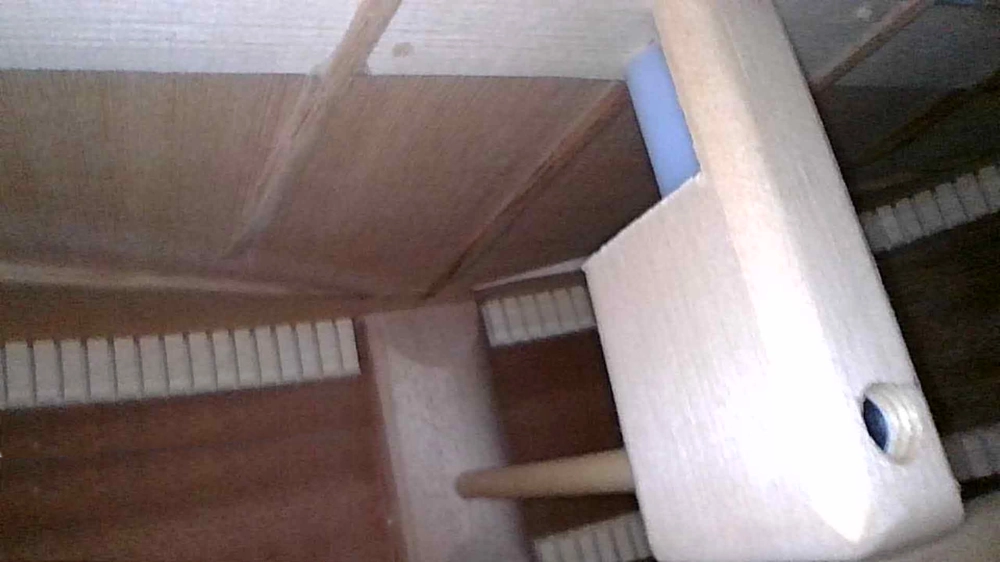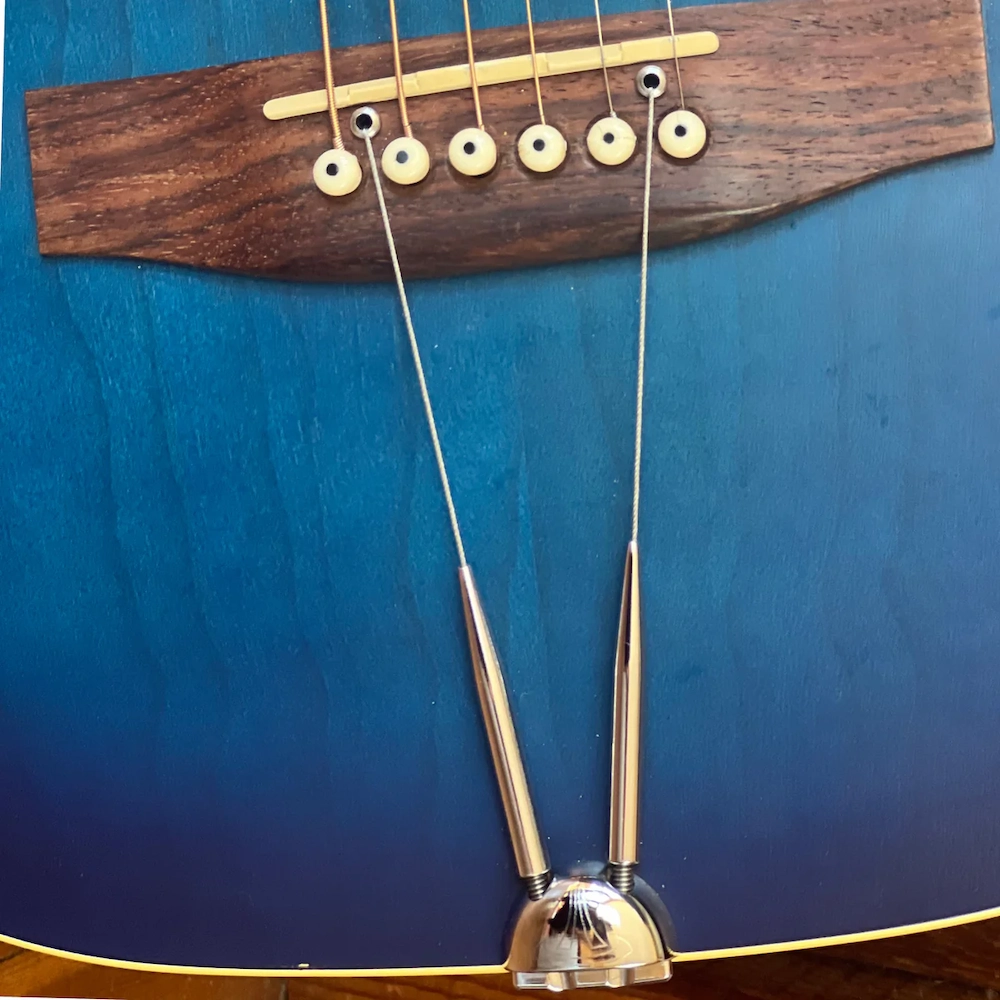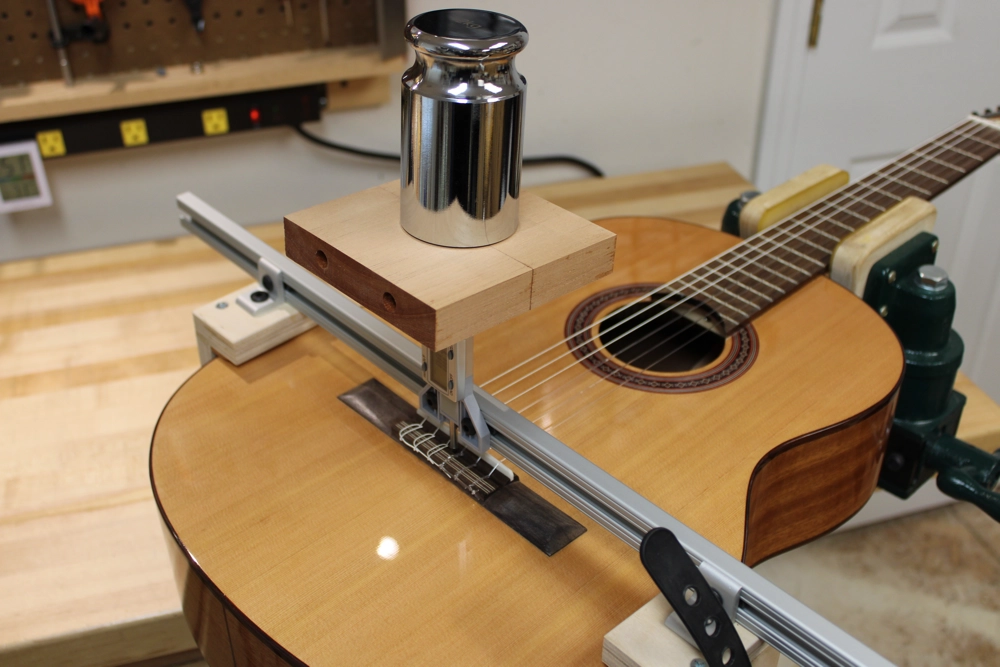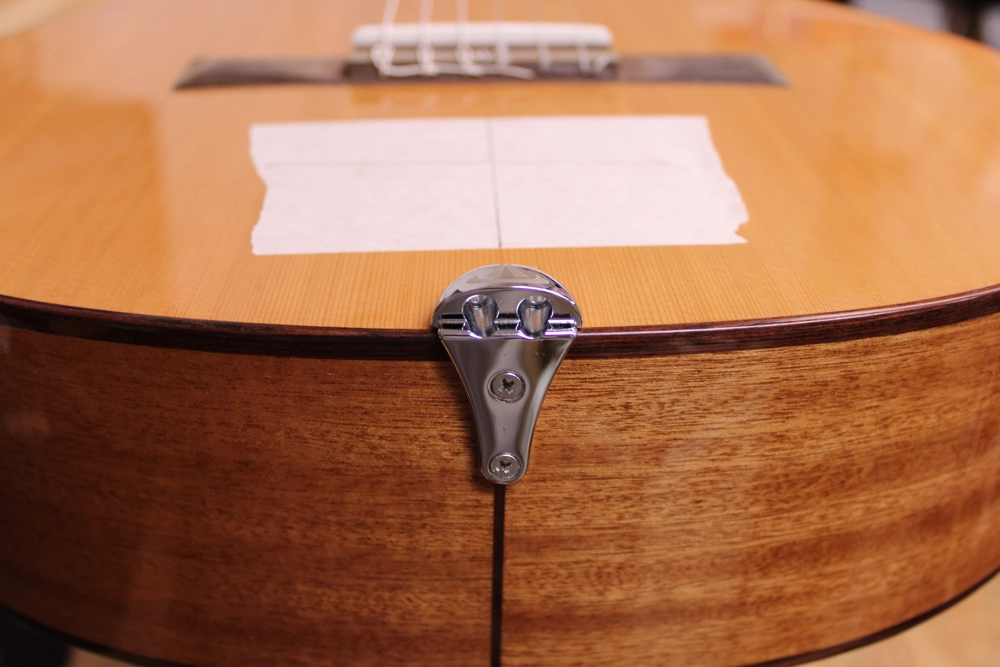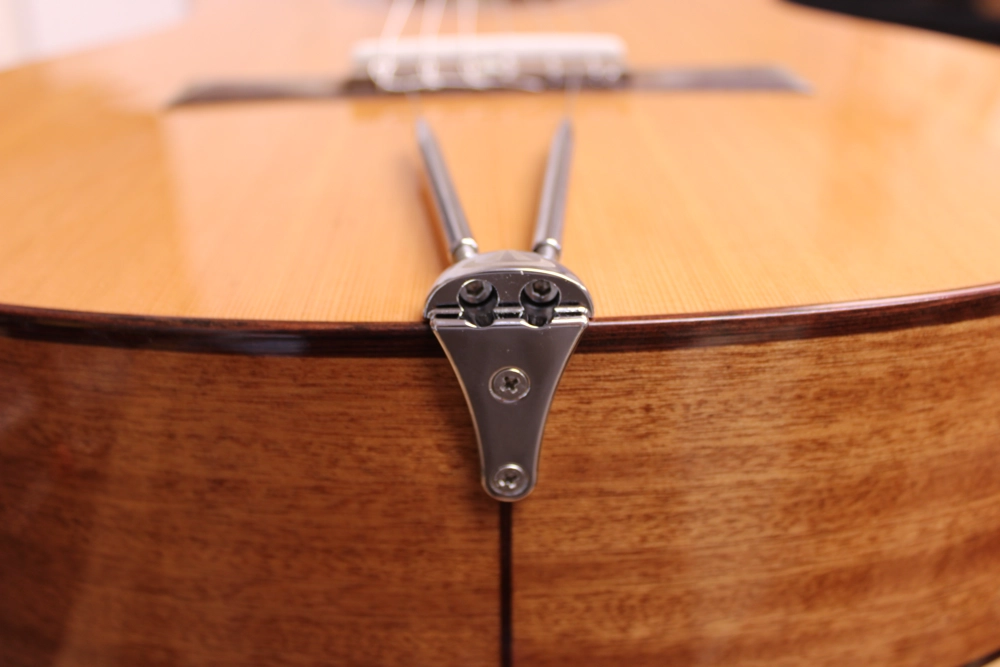Introduction
In early 2025 I was contacted by the folks at TurboGuitar who introduced me to their product, a fixture they called the TurboTail. I talked with the inventor and watched a video that effectively demonstrated the results of having retrofitted an inexpensive, lightly-braced, nylon string guitar with a TurboTail so it could be confidently strung up with steel strings. It made for a rather responsive steel string acoustic.
Repeating this success, more of these instruments were modified even further by reducing fretboard width and lowering actions. Placed in the hands of seasoned players, the reactions to these guitars were overwhelmingly positive, confirming that when higher tension strings were installed on a guitar built for lower tension strings, but supported by the TurboTail, the guitar demonstrated the potential to excel in both tone and volume.
While the TurboTail was not directly invented for the purpose of converting nylon string fan-braced guitars to steel string guitars, such conversions are perfectly viable, and readily demonstrate the opportunity to re-think the role of the soundboard in today's acoustic guitar designs.
The concept behind the TurboTail is straightforward: Multiple steel strings are pulling the bridge in the direction of the headstock. Counter that pull by attaching a couple of high-test cables to the bridge, secure them to the tail, and tighten them. Why? Free the soundboard of its role as a structural platform. Let it be the best sound generator it can be!
Traditional and conventional guitar makers, wittingly or not, build in accordance with a simple maxim: The soundboard bracing must provide the much needed structural support to resist the pull of the strings while minimizing such support's negative impact on the vibration of the top. A balance must be struck between being over-built and under-built, between overly sturdy and overly fragile.
Guitars built the most structurally sound are generally among the more affordable. By contrast, guitars built the most cautiously and delicately do not typically accompany you on camping trips, safaris or great outdoor adventures. From years of experimentation and at great personal expense I can attest that a guitar sounds its best just prior to catastrophic failure. For many so-called "boutique" builders, the goal has become to build just up to that point of failure and back off a little bit.
The prospect of being able to pay significantly less attention to, if not ignore entirely, the structural role of the soundboard and pursue its sonic potential motivated me to purchase several of these fixtures for my shop. The TurboTail installs on a completed instrument. I did not wish to build a guitar just to prove this fixture's merits for myself, so I purchased two inexpensive nylon string guitars for my own testing.
My findings, which I have included toward the end of this article, confirm both the inventor's claims as well as my own hypotheses. Read on to learn more about the TurboTail, or jump to the tests by clicking the button, below:
My goal was never to see if I could convert a nylon string guitar to steel strings. I already knew that was possible. I wanted to gain firsthand knowledge and experience in order to begin to incorporate the TurboTail into my own steel string guitar builds.
I met my goal. I designed and constructed the first steel string acoustic guitar using the TurboTail. My build article is here » The First TurboTail Guitar.
